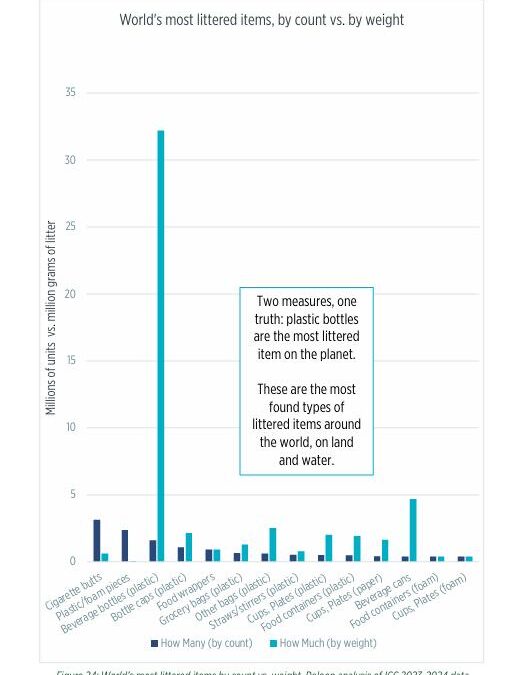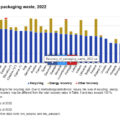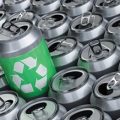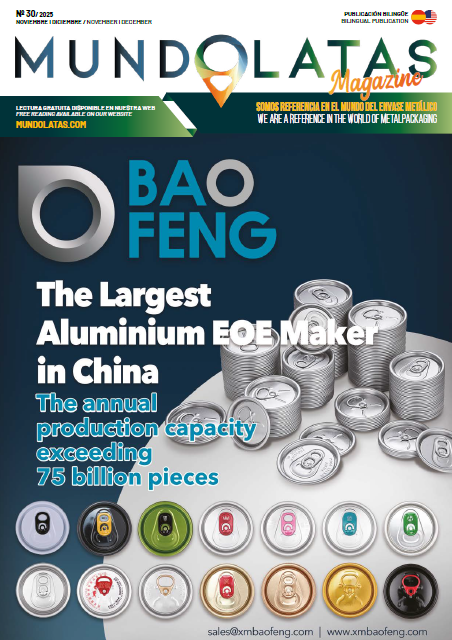How can we know how much packaging waste there is in the world? Well, it depends on how it’s measured, according to the international organization Reloop.
which warns about the lack of a universal method for quantifying waste, and how this directly affects public policies to combat it. Although deposit return systems (DRS) have proven effective in reducing litter, their impact varies greatly depending on the measurement approach used: by weight, by volume, or by number of items.
Counting items is the most commonly used method due to its simplicity. However, this technique can obscure the true environmental and visual impact of certain waste, especially beverage containers. While a cigarette butt counts the same as a plastic bottle, their weight, volume, and visual effect are radically different.
What do the data show?
The studies included in the report reveal notable contrasts:
- In Australia, returnable bottles were only 5% of the items, but represented 27% of the total waste volume.
- In the United Kingdom, cigarettes dominated by number (66%), but bottles and cans occupied almost half of the total volume.
- In Belgium, plastic bottles constituted more than 50% of the weight of plastic waste, although they were only 10% of the items.
- Globally, according to data from the International Coastal Cleanup 2023, cigarettes are the most common item, but plastic bottles are the heaviest waste.
Reloop warns that this imbalance between quantity and volume can distort the public and political perception of the problem. “Measuring only by number can underestimate the real impact of packaging”, the report notes, adding that volume is key when analyzing the pressure on municipal cleaning systems or the visual impact in public spaces.
Other influencing factors
Beyond the method, the report notes that the design of the DRS system—such as the deposit value, the type of containers included, and the ease of return—also affects waste levels. It warns that external factors, such as the existence of household recycling programs, awareness campaigns, and socioeconomic conditions, can significantly alter the results.
In this regard, a study by Keep Britain Tidy cited by Reloop shows that the most disadvantaged areas of the United Kingdom have almost three times more waste than the more affluent ones.
Conclusion:
For Reloop, understanding well how and why waste is measured is not a technical issue, but a fundamental tool for designing effective policies. “The way litter is measured defines how the problem is perceived and what solutions are applied”, the report concludes.
Reloop is an international nonprofit organization working to accelerate the transition to a circular economy. It brings together governments, industry, and civil society to promote effective policies that reduce waste, increase recycling, and encourage the sustainable use of resources.













